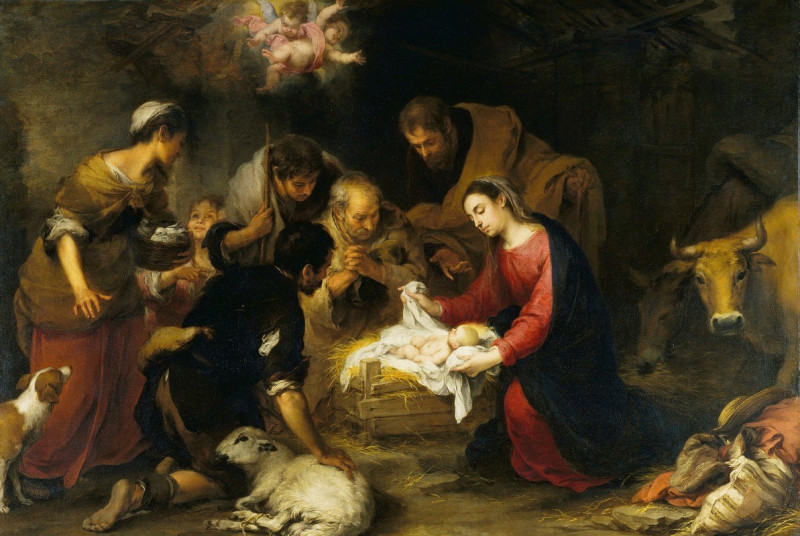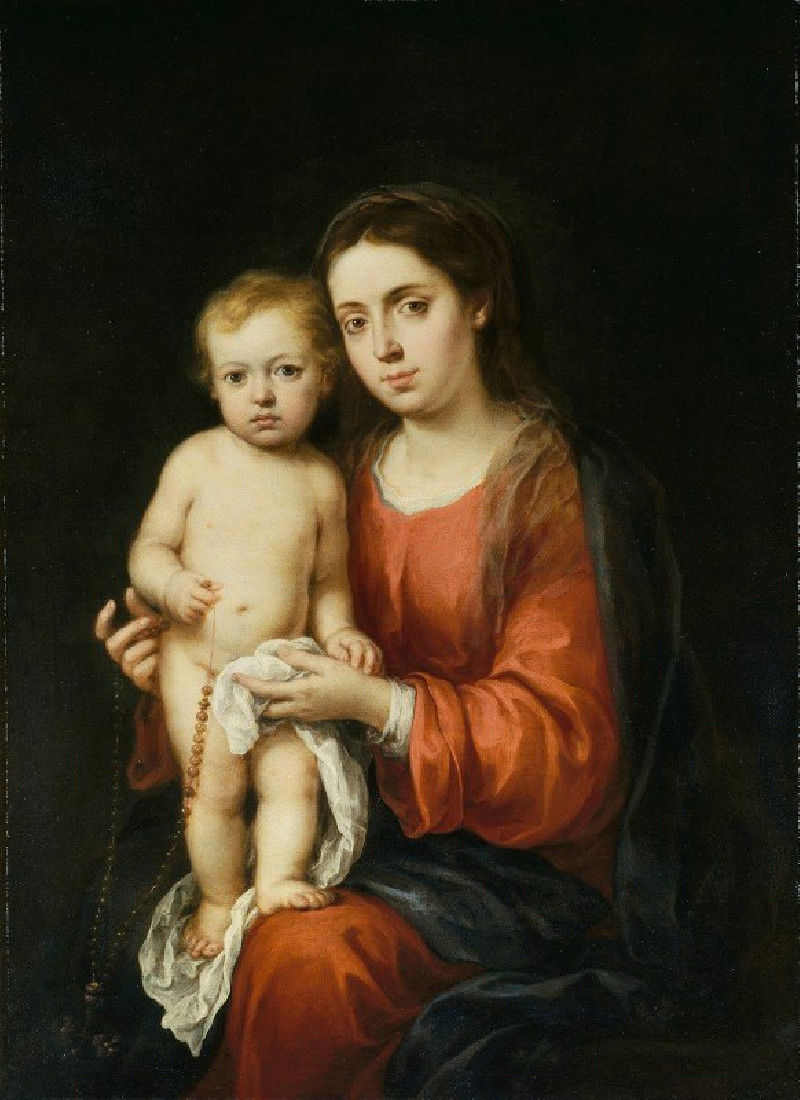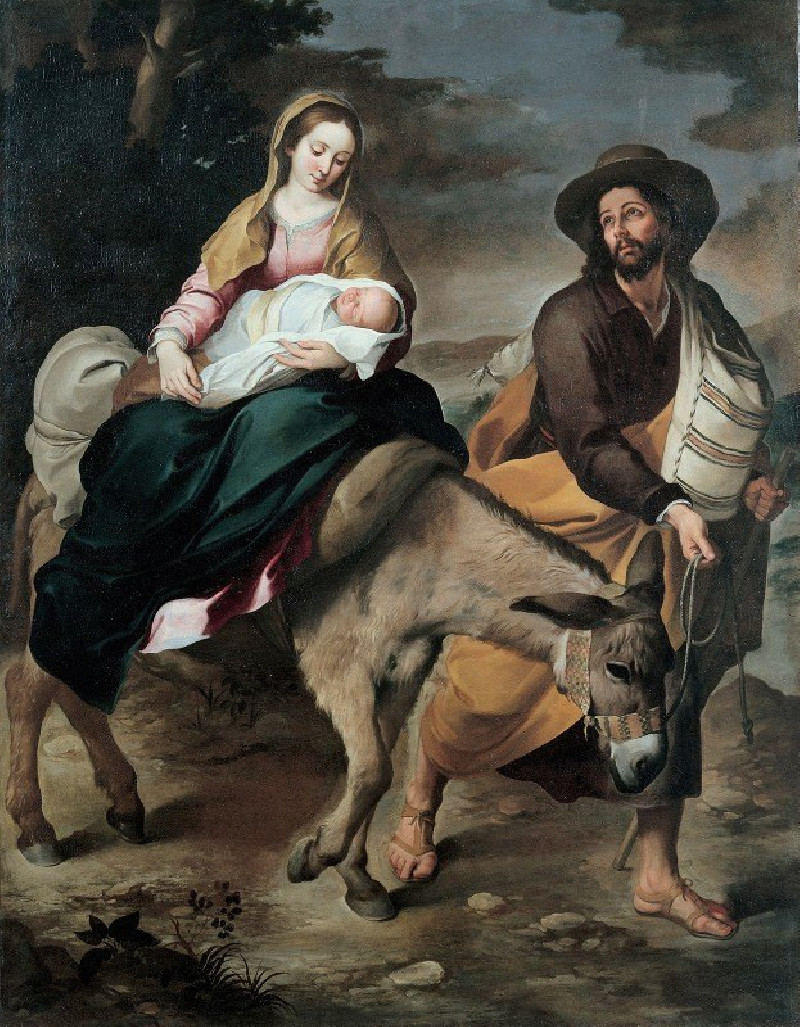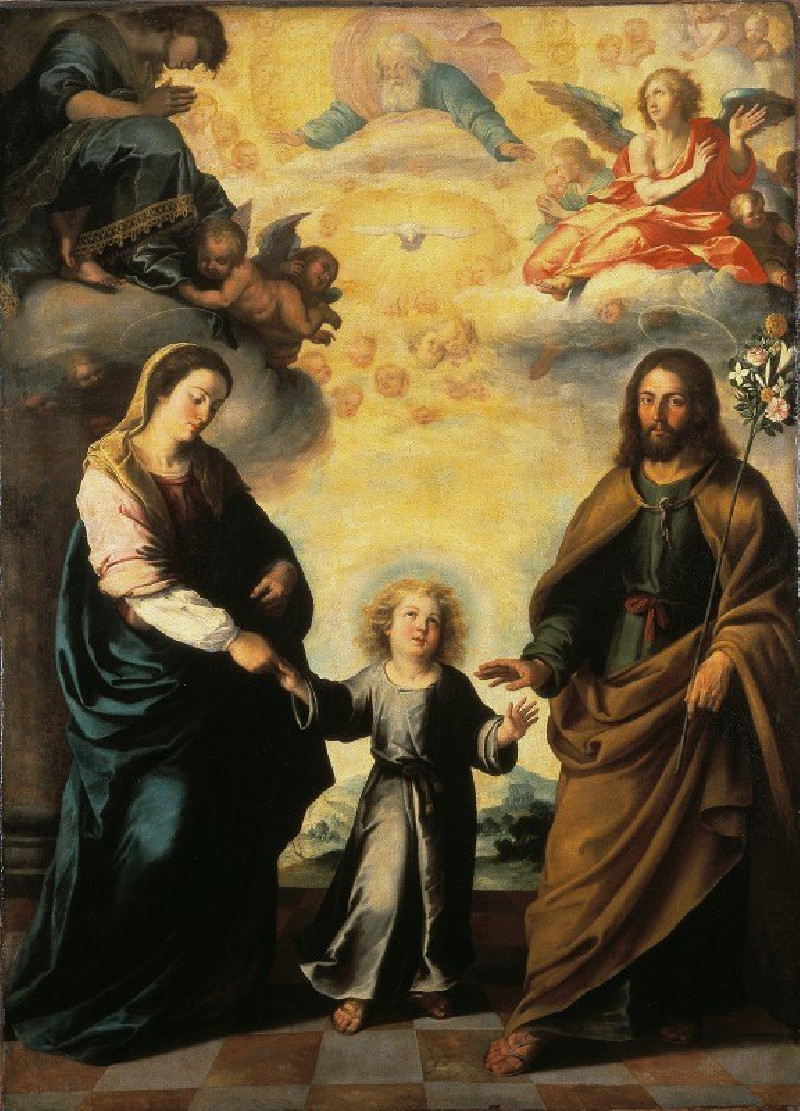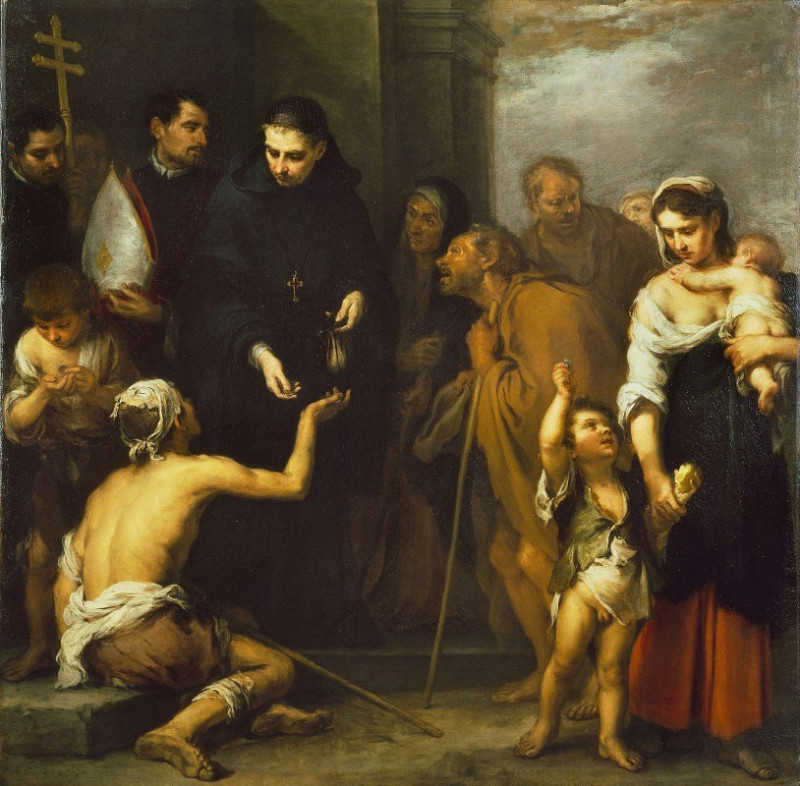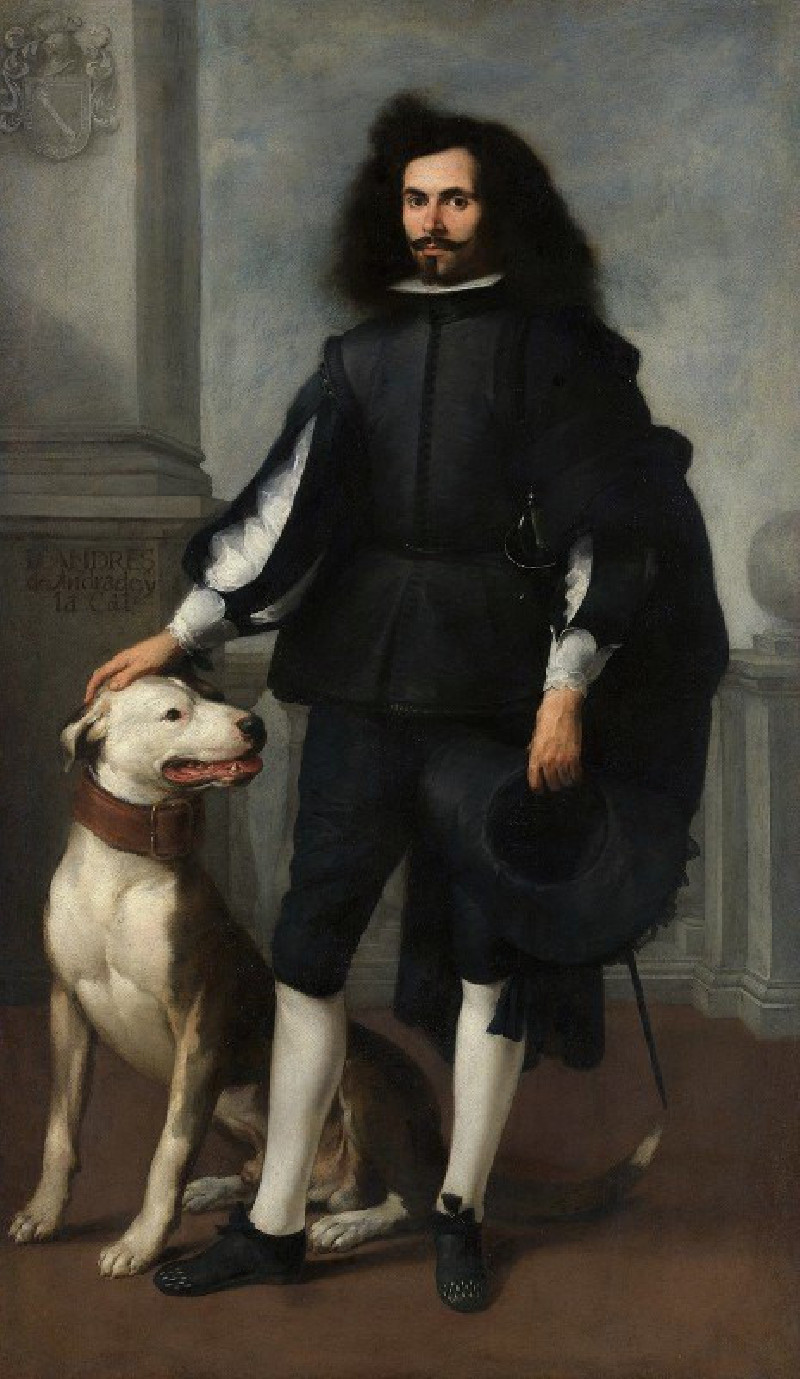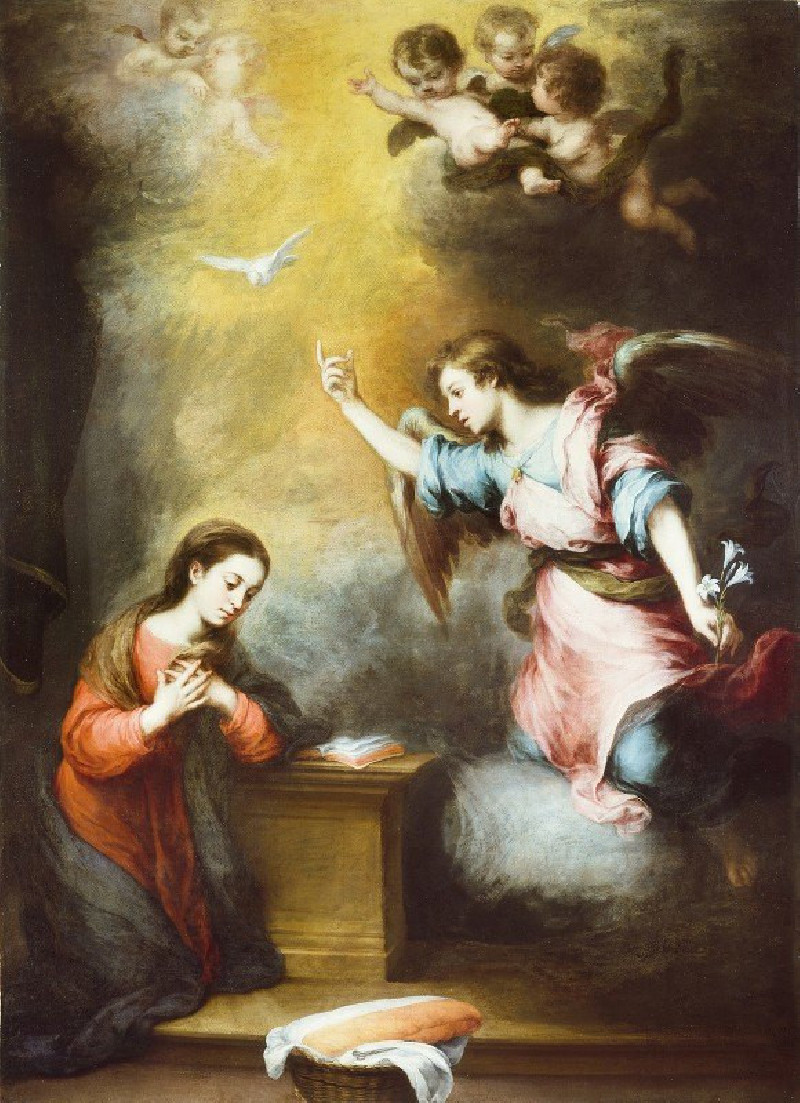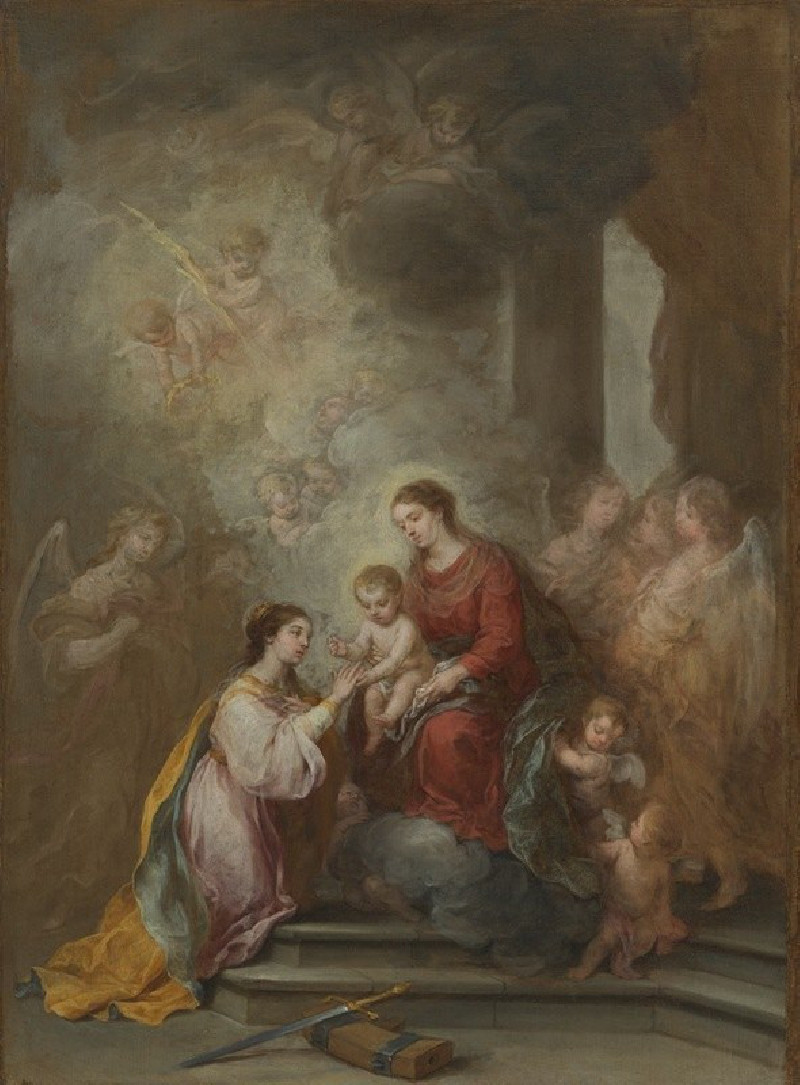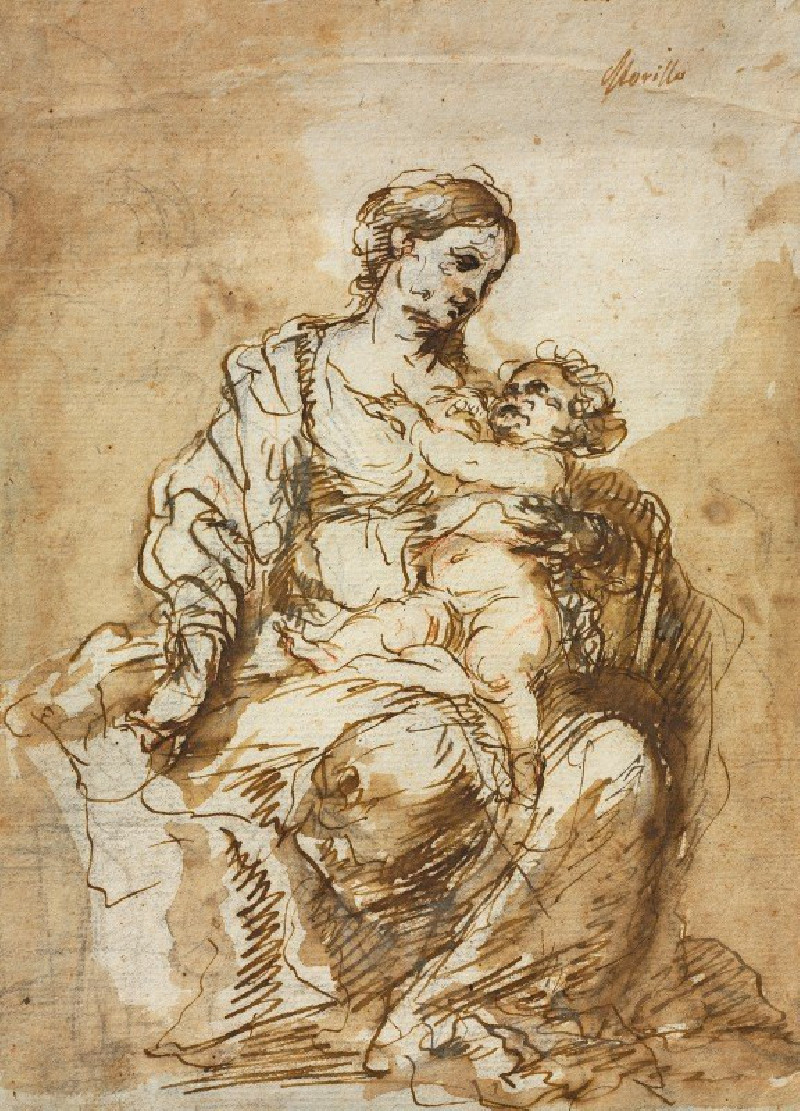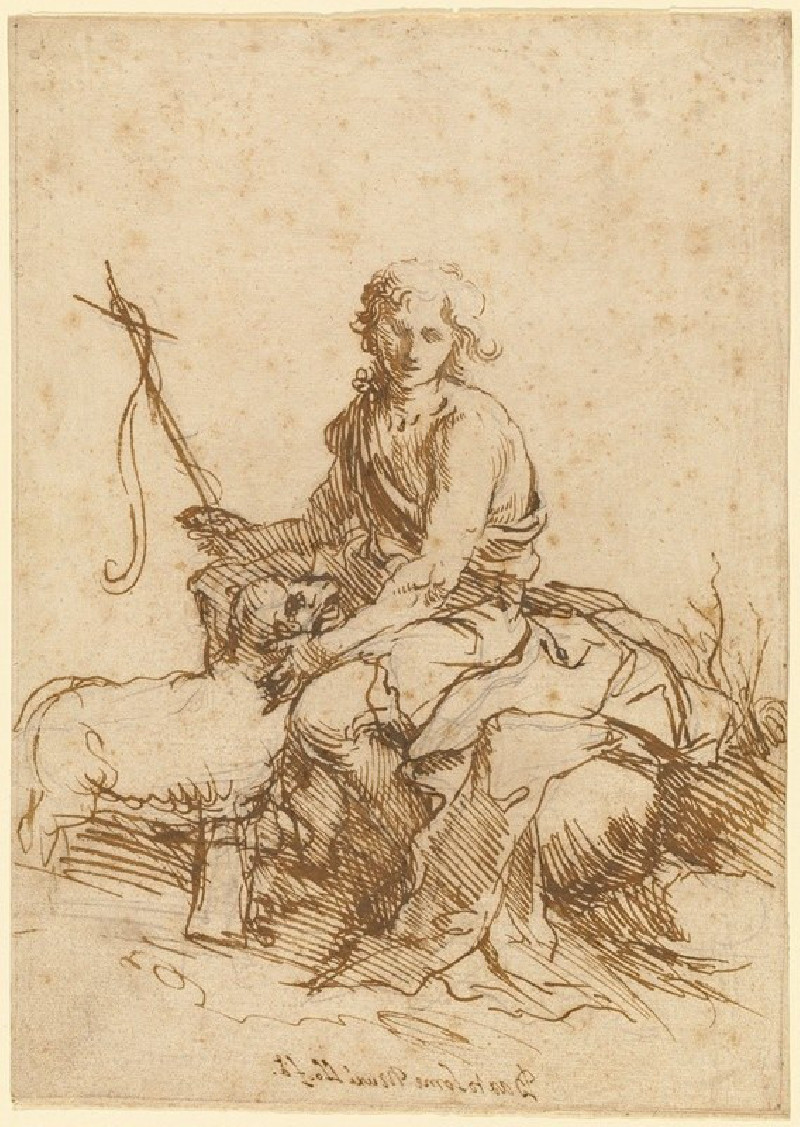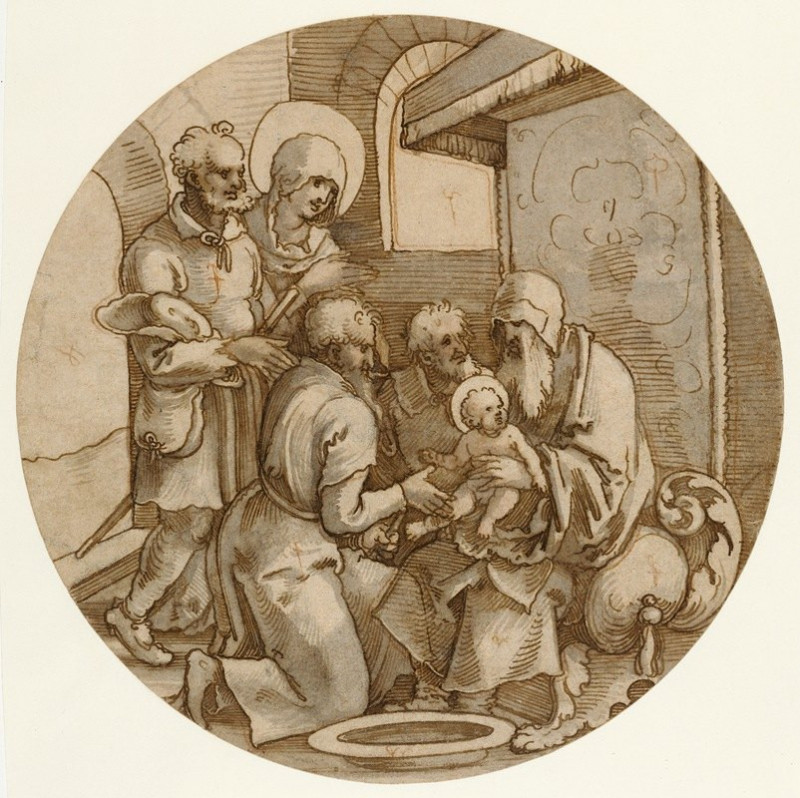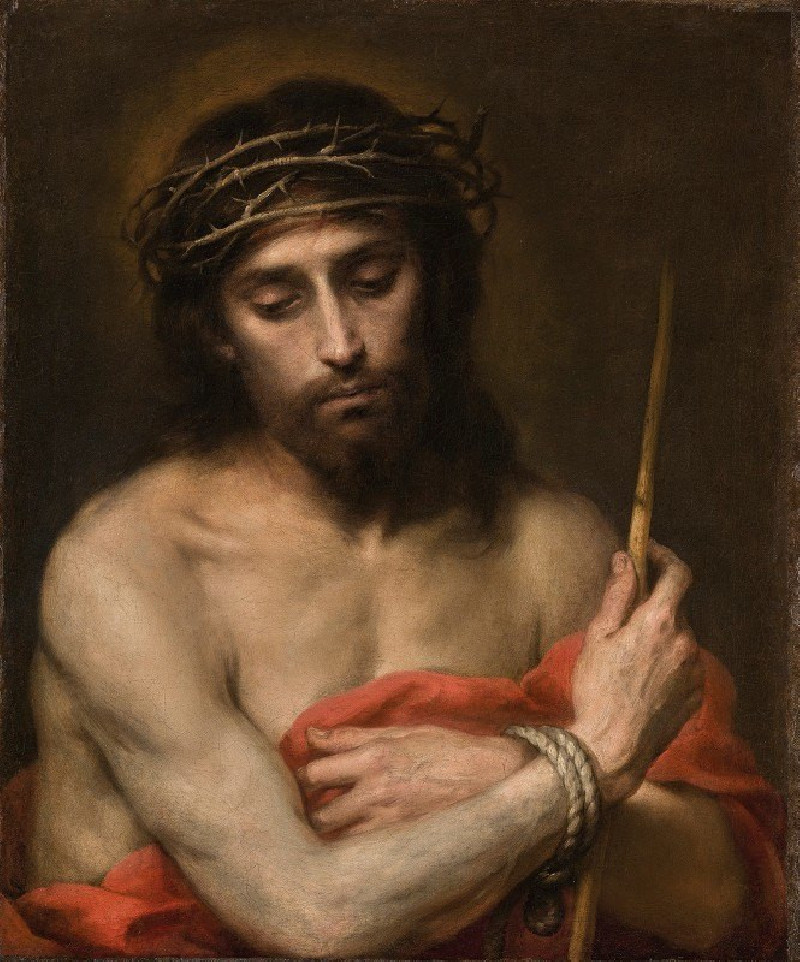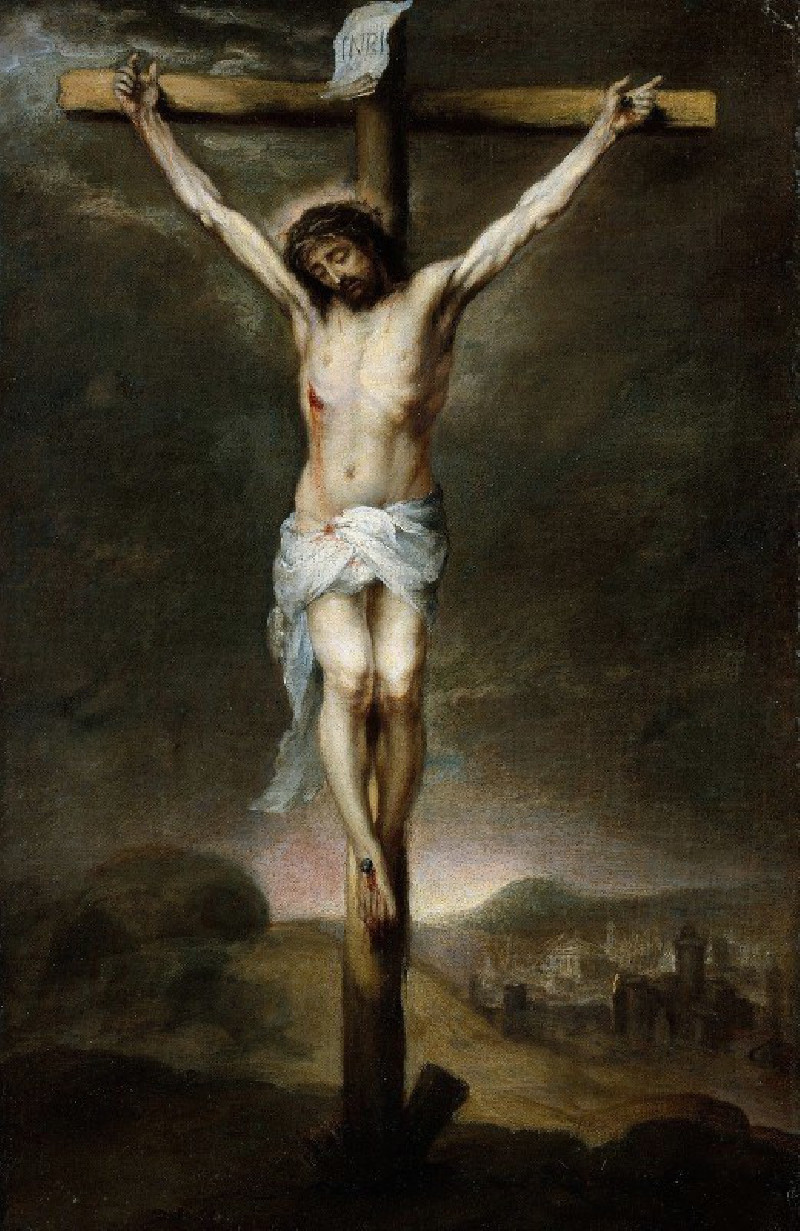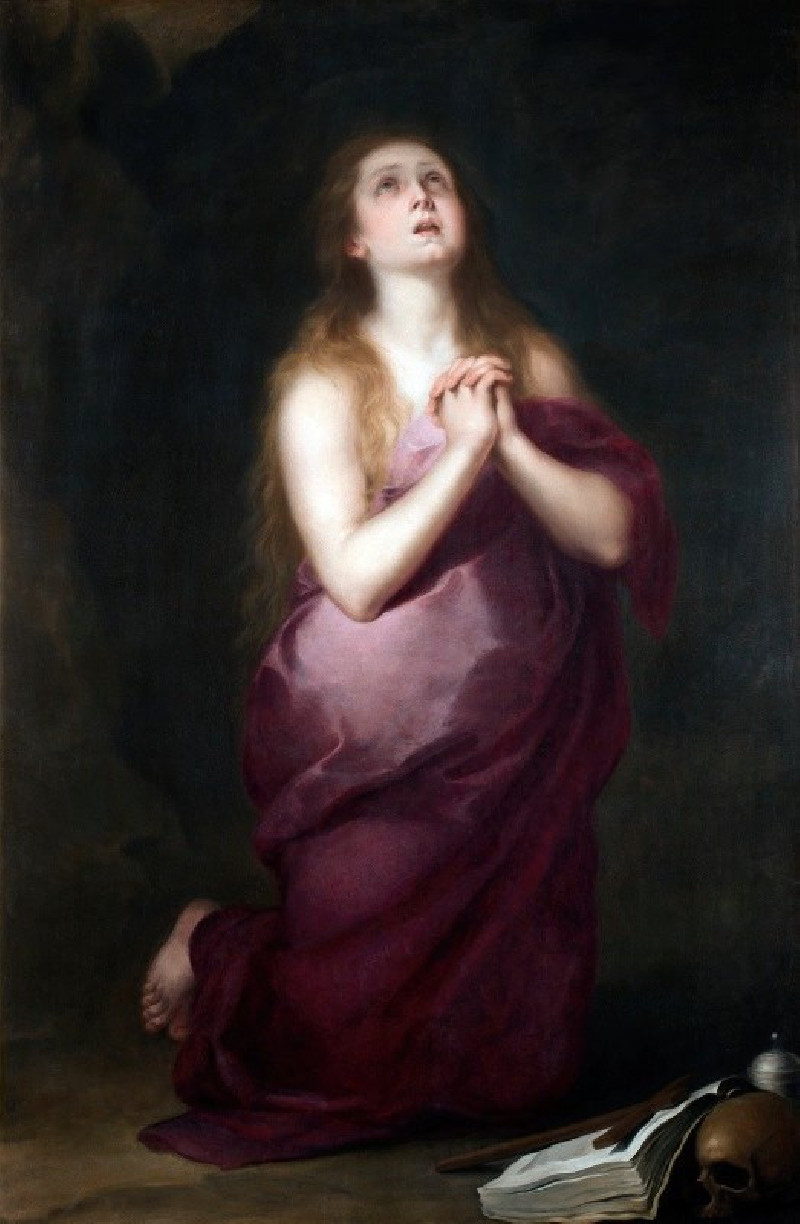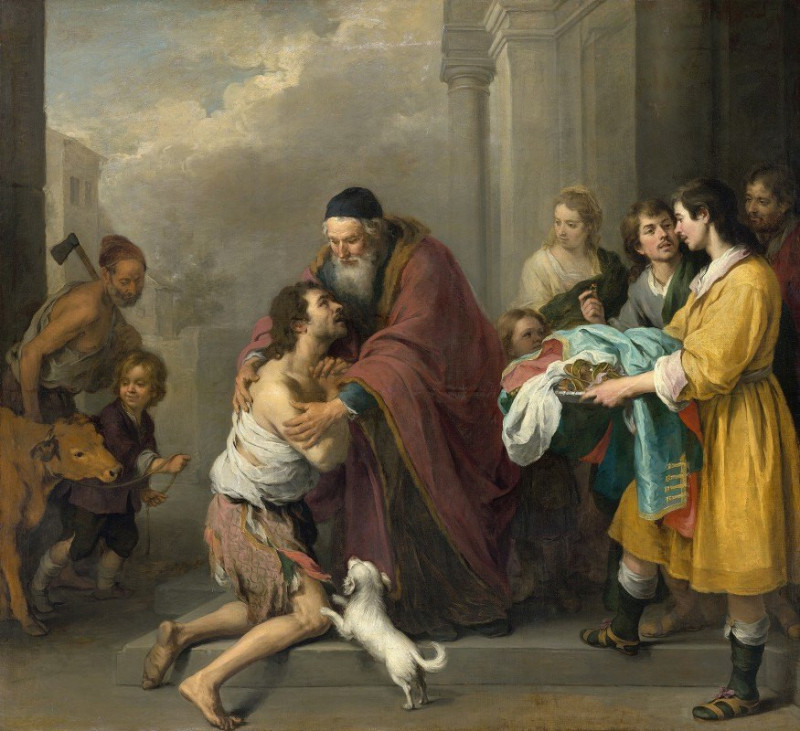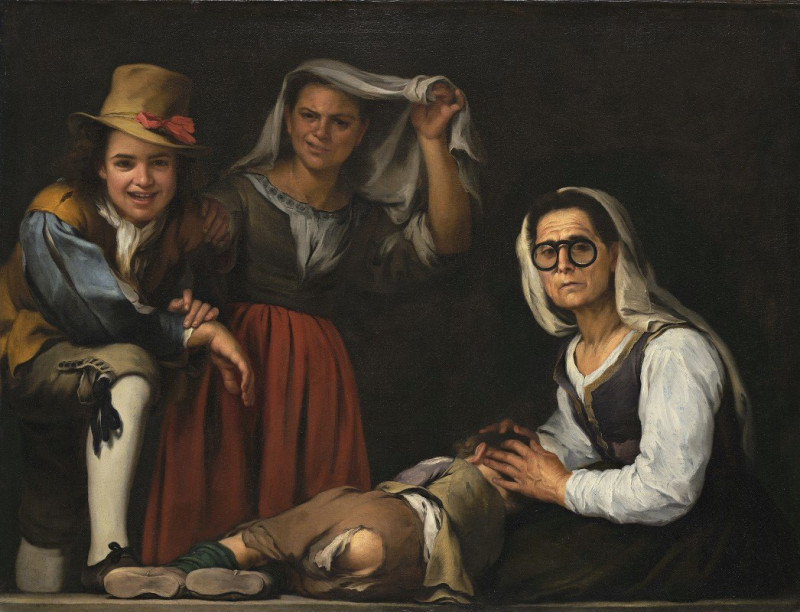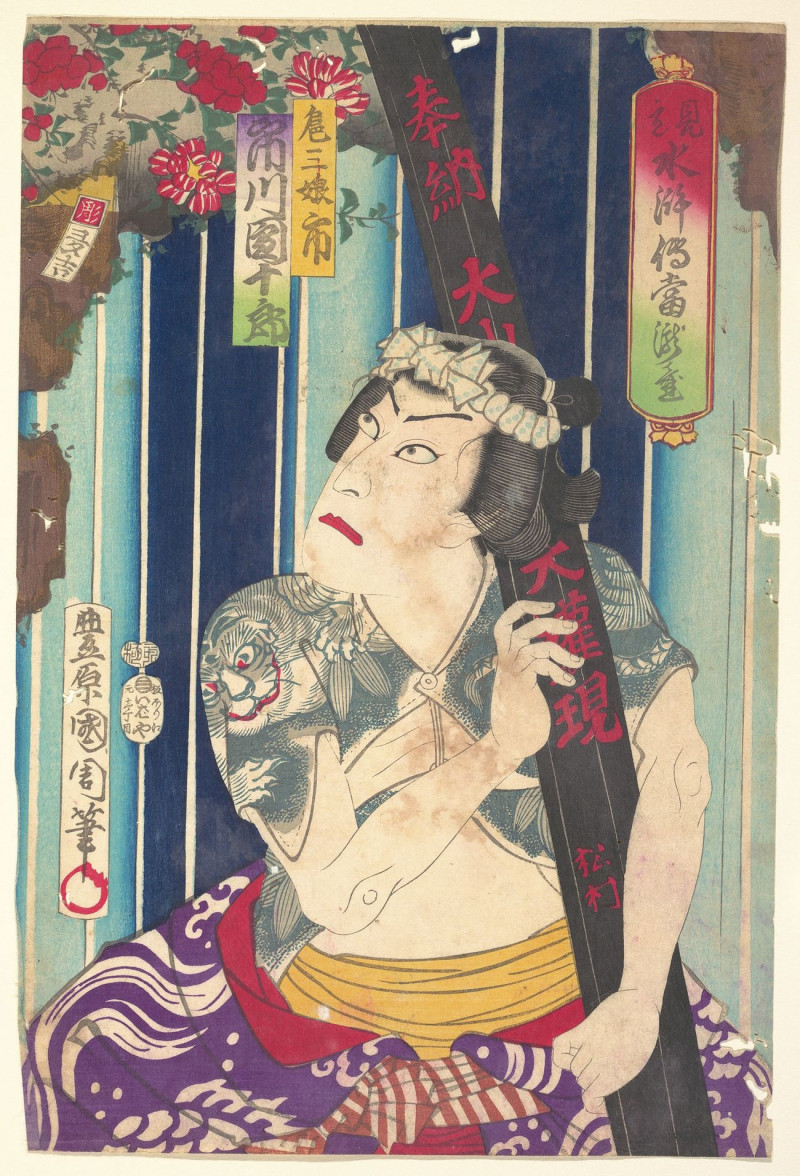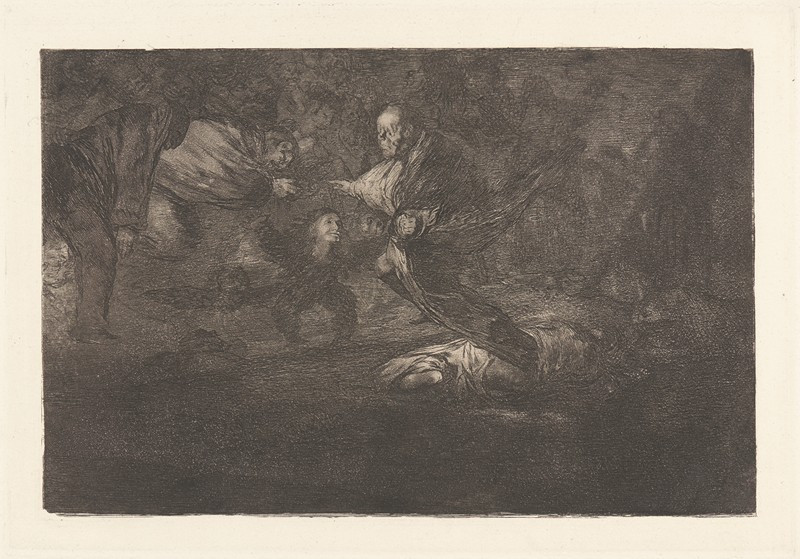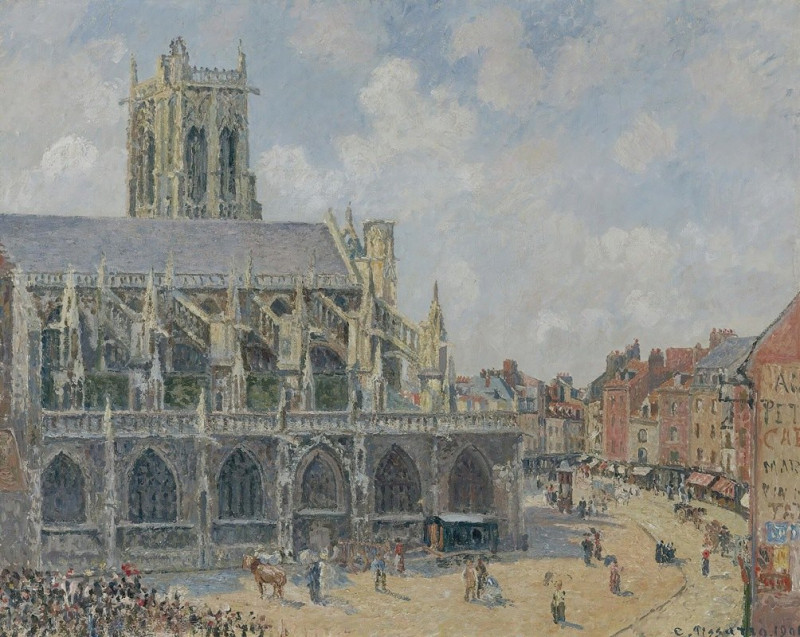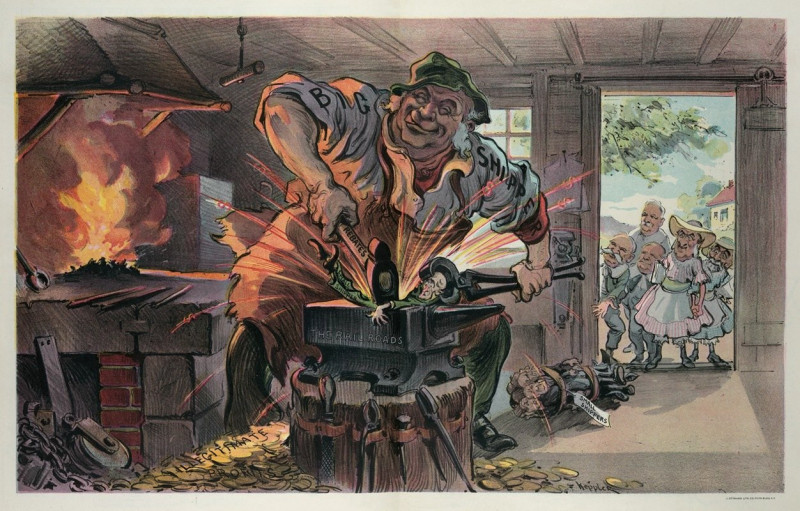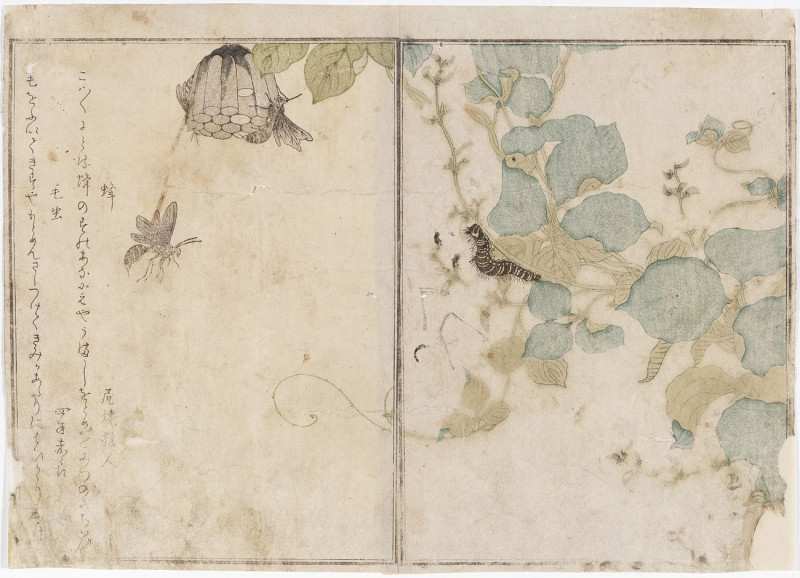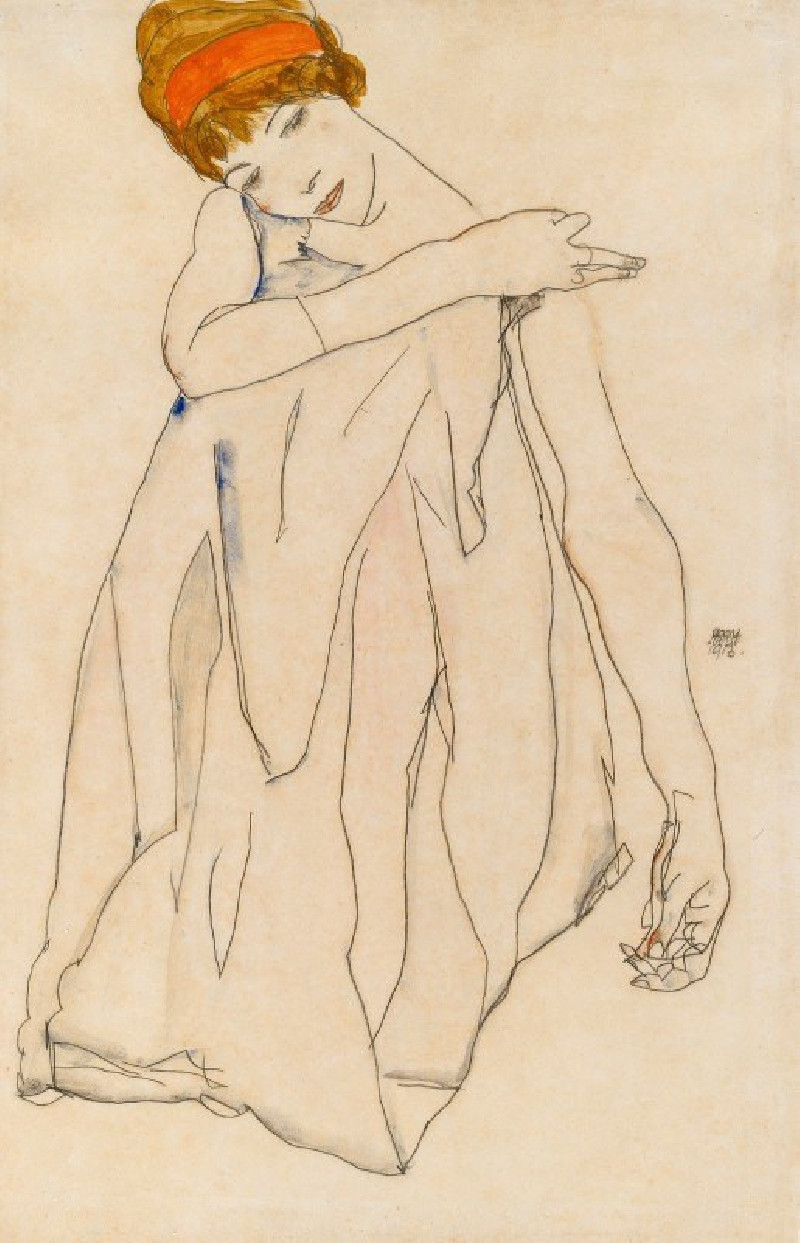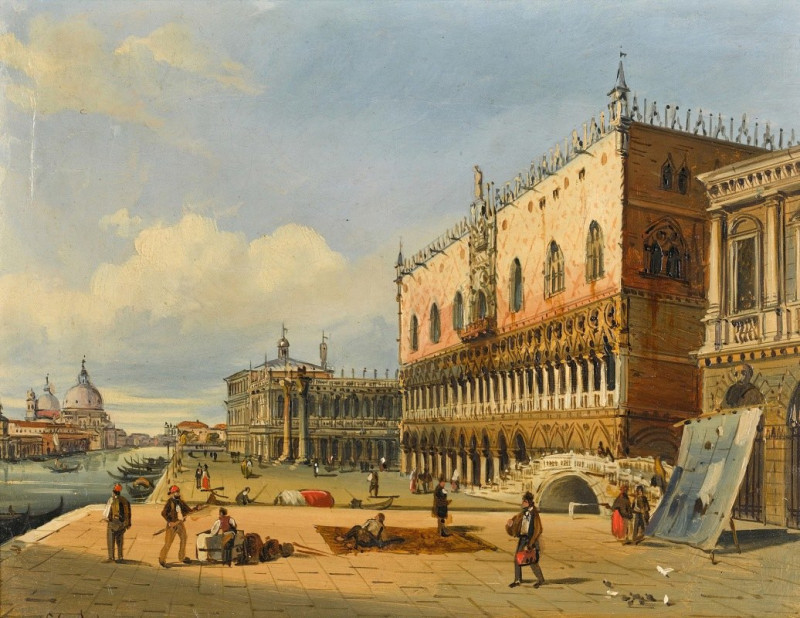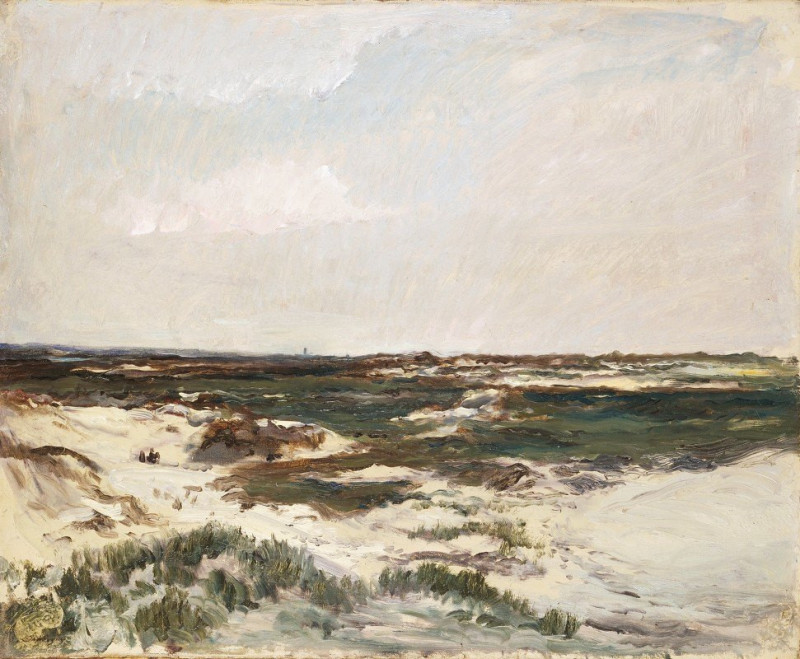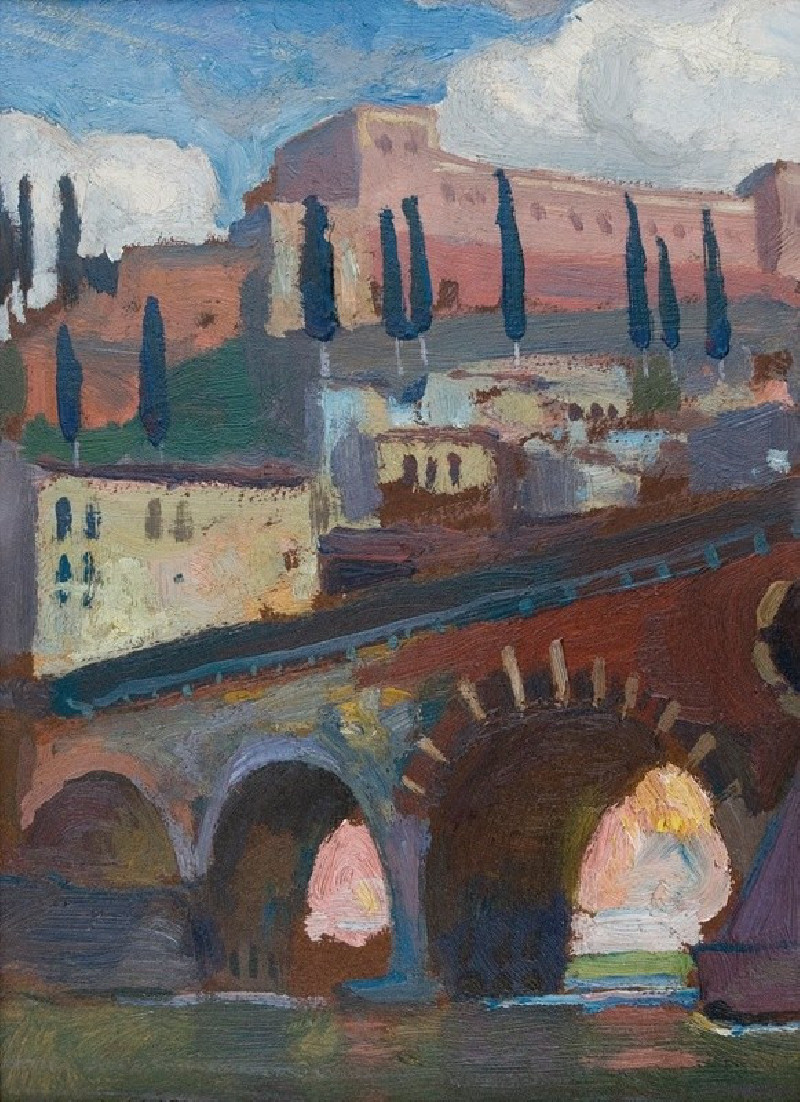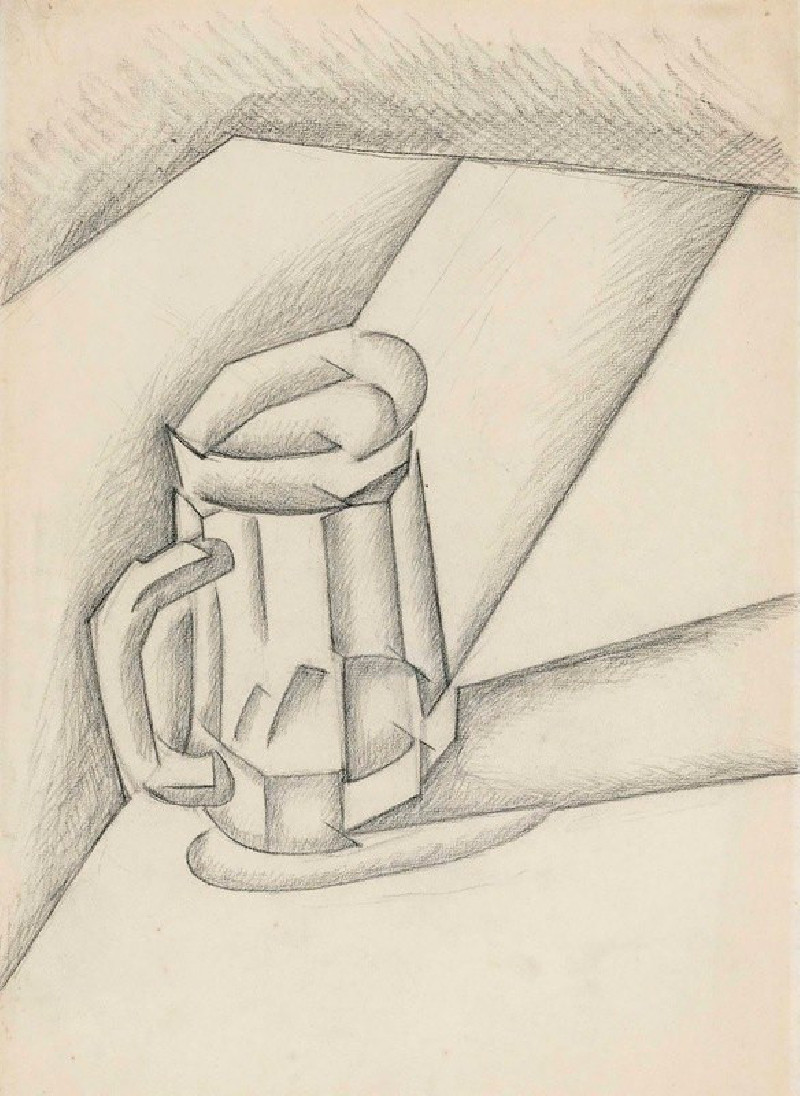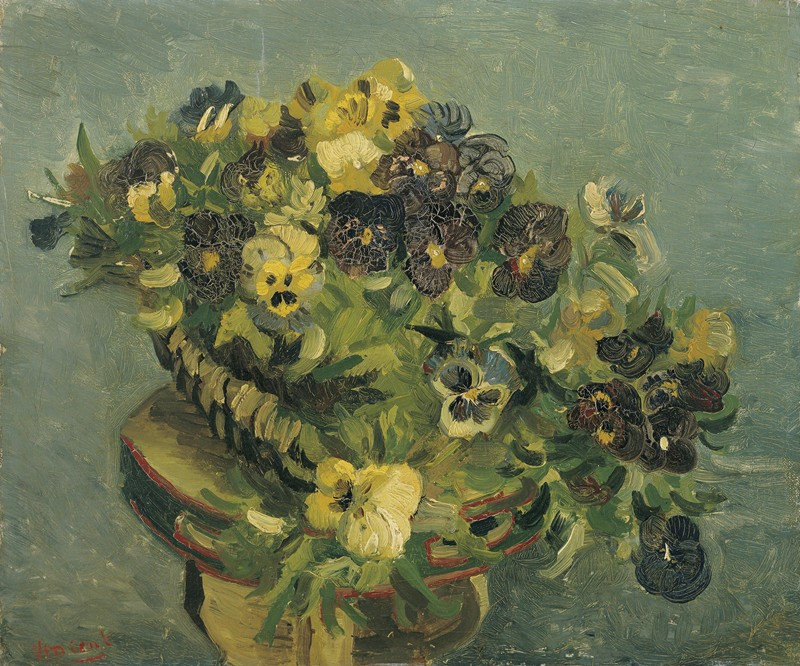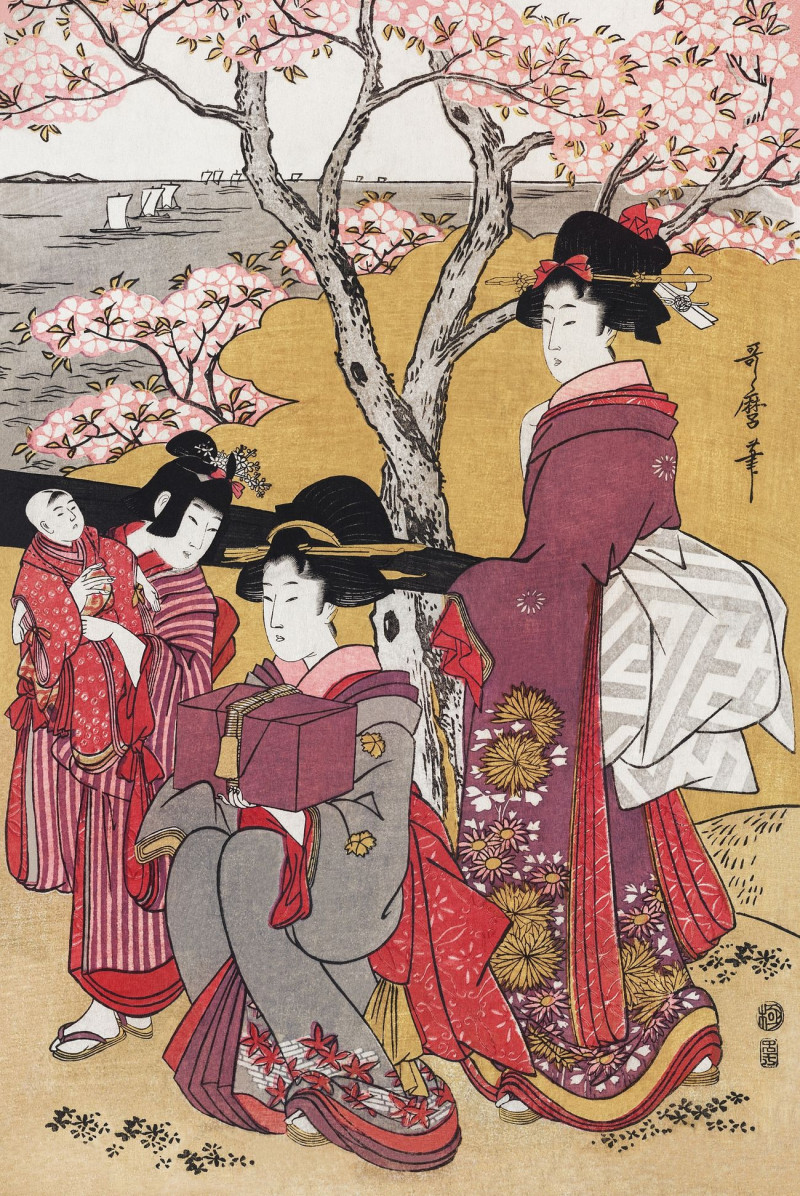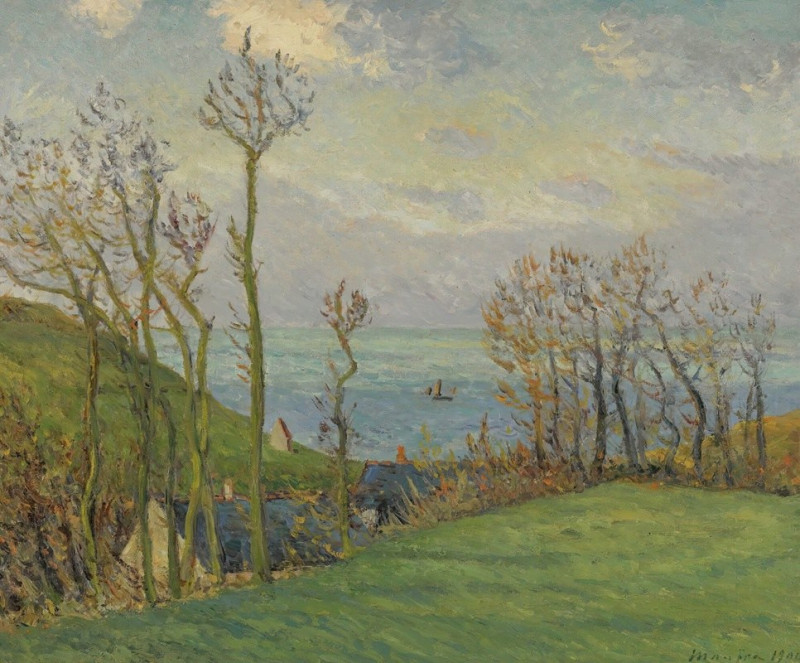Virgin and Child (1670s)
Technique: Giclée quality print
Recommended by our customers
More about this artwork
Bartolomé Estebán Murillo's "Virgin and Child," painted in the 1670s, is a remarkable representation of maternal tenderness and divine innocence, rendered with artistic grace and emotional depth. This tender depiction portrays the Virgin Mary holding the young Jesus Christ, encapsulating a moment of intimate motherly affection. Murillo's skill in portraying softness in textures and expressions shines through this work.Murillo's use of color is especially notable. Mary is dressed in a warm red robe that drapes gracefully over her lap, while a deep blue fabric underscores her sanctity, a color traditionally associated with divinity in Renaissance art. The child, Jesus, looks playfully towards the viewer, his delicate curls and plump, lively posture capture the naturalism for which Murillo is well-known. His fine, white swaddling clothes emphasize his purity and innocence.The simplicity of the background focuses the viewer's attention entirely on the figures, highlighting the strong emotional connection between the mother and child. Murillo's use of light imbues the painting with a gentle, almost divine glow, enhancing the spiritual aura of the scene.This painting not only exemplifies Murillo’s mastery of baroque art principles but also serves as a timeless reminder of love and spirituality.
Delivery
Returns
Bartolomé Esteban Murillo (December 1617, January 1, 1618 – April 3, 1682) was a Spanish Baroque painter. Although he is best known for his religious works, Murillo also produced a considerable number of paintings of contemporary women and children. These lively realistic portraits of flower girls, street urchins, and beggars constitute an extensive and appealing record of the everyday life of his times. He also painted two self-portraits, one in the Frick Collection portraying him in his 30s, and one in London's National Gallery portraying him about 20 years later. In 2017–18, the two museums held an exhibition of them.


